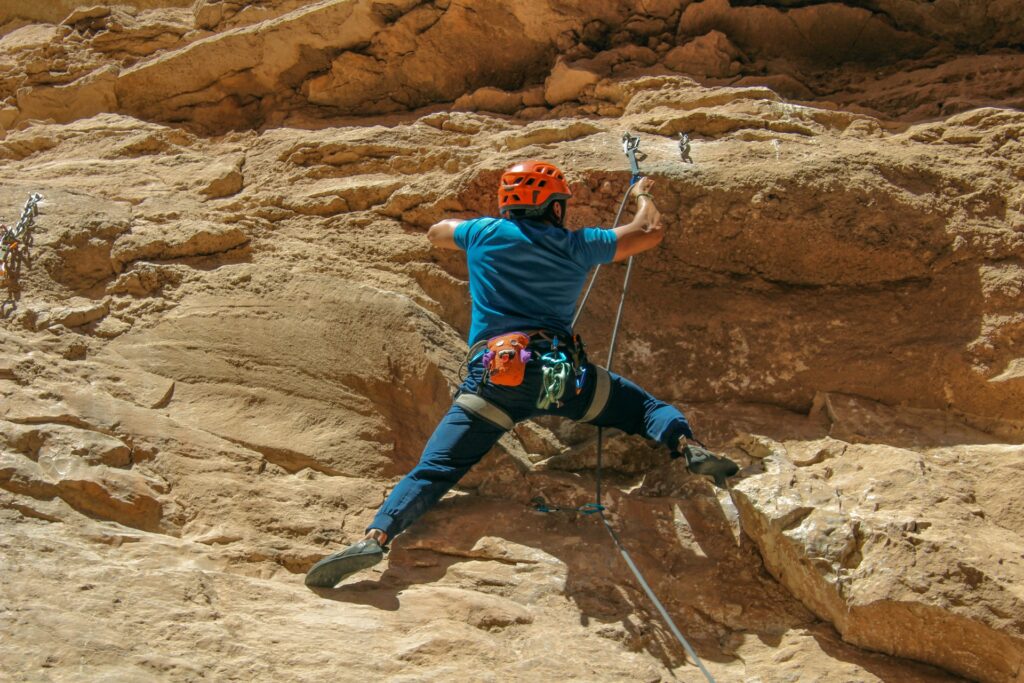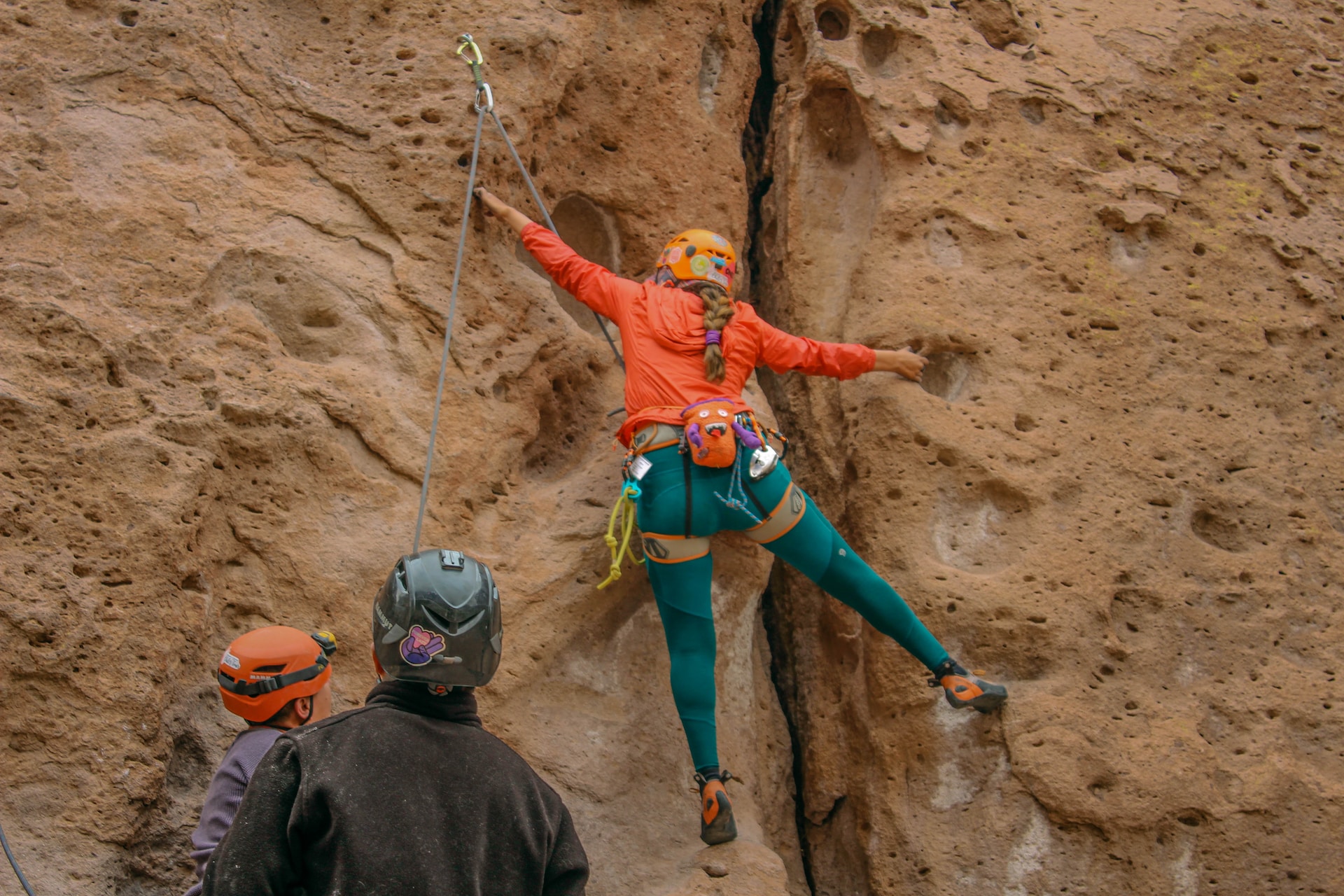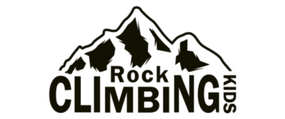Climbing warm ups for Climbing is crucial for injury prevention and improved performance. Climbing is an intense sport that requires both fine and gross motor skills to complete every movement on the wall. Warming up and cooling down may feel like a chore when you first start the practice, but once you incorporate a fun and dynamic warm-up series into your regular climbing sessions, you will undoubtedly begin to see improvement in your overall technique and stamina.
Avoiding flash pumps and nagging finger injuries, as well as increasing your projecting potential, make warming up before climbing a worthwhile endeavor for beginners and rock gods alike! The term “warming up” is self-explanatory and describes the first principle of performing a proper climbing warm-up. Your first goal before getting on the wall is to get your body warm. There are a number of ways you can heat up the body, but the most important thing to focus on is increasing your heart rate.
In this article, we will explore the importance of warming up before climbing, the benefits of a proper warm-up routine, and effective warm-up techniques to help you prepare your body for the physical demands of climbing. We will also discuss the materials you may need for your climbing warm-up and how to make your warm-up more fun and engaging. By the end of this article, you will have a better understanding of the importance of warming up before climbing and how to incorporate an effective warm-up routine into your climbing practice.
Table of Contents
The Benefits of Warm-Ups Before Climbing
Climbing is a physically demanding sport that requires a lot of strength, endurance, and flexibility. To perform at your best and avoid injury, it is essential to warm up properly before climbing, we will discuss the importance of warming up before climbing and provide tips on how to do it effectively.
Injury Prevention
Warming up before climbing is crucial for preventing injuries and muscle soreness, and this sentiment is especially true for kids. Rock climbing is an intense sport that requires both fine and gross motor skills to complete every movement on the wall. Kids are still developing their muscles and joints, which makes them more susceptible to injuries. Therefore, it is essential to warm up properly before climbing to reduce the risk of injury.
Warming up helps to increase blood flow to the muscles, which can reduce the risk of muscle strains and tears. It also helps to prepare the joints for the stresses of the activity, which can reduce the risk of joint injuries. Warming up can also help to prevent long-term, chronic injuries as well as immediate injuries.
Physical Performance
Warming up can also improve your physical performance. It helps to increase your heart rate, breathing rate, and body temperature, which can improve your muscular range of motion and help you perform at your peak. A good warm-up can also help to improve your balance, coordination, and reaction time, which are all important for climbing.
Improved muscular range of motion
Warming up can help improve your muscular range of motion by increasing the temperature of your muscles, making them more pliable and less prone to injury. This can help you perform at your peak and reduce the risk of injury.
Mental Preparation
Warming up can also help kids mentally prepare for climbing. It can help them focus their mind on the forthcoming exertion and get them in the right mindset for climbing. A good warm-up can also help to reduce anxiety and stress, which can improve their overall performance.
Improved focus
Warming up can help improve your focus by increasing blood flow to your brain and improving your cognitive function. This can help you stay focused and alert during your climb.
To warm up properly, kids should start slowly and gradually increase the intensity. They should focus on the areas of their body that will be most active during climbing, such as their arms, shoulders, and core. A good warm-up should include cardiovascular exercise, dynamic stretching, and climbing-specific exercises.
warming up before climbing is essential for injury prevention, physical performance, and mental preparation, especially for kids. By taking the time to warm up properly, kids can improve their climbing performance and reduce the risk of injury.
Materials Needed for Climbing Warm-Up
Warming up before climbing is essential for injury prevention and improved performance. Here are some materials you may need for your climbing warm-up:
Climbing shoes: Wear your climbing shoes during your warm-up to help your feet get used to the shoes and to help you warm up your foot muscles.
Resistance bands: Resistance bands can be used for finger extensions and other finger warm-up exercises.
Lightweights: Lightweights can be used for wrist curls and other wrist warm-up exercises.
Yoga mat: A yoga mat can be used for stretching exercises and to provide a comfortable surface for floor exercises.
Foam roller: A foam roller can be used for self-massage and to help loosen up tight muscles before climbing.
Tennis ball: A tennis ball can be used for self-massage and to help release tension in your muscles.
Water bottle: Staying hydrated is important during your warm-up, so be sure to bring a water bottle with you to the climbing gym or crag.
In addition to these materials, you may also need access to a climbing wall or bouldering area for climbing-specific warm-up exercises.
Remember, the most important material you need for your climbing warm-up is your own body. Incorporating dynamic stretching, light cardio, and climbing-specific exercises into your warm-up routine can help prepare your body for the physical demands of climbing and reduce the risk of injury.
Essential Climbing Warm-Up Exercises

Cardiovascular exercises
Cardiovascular exercises are an essential part of a climbing warm-up for kids. These exercises help increase heart rate and blood flow to the muscles, preparing the body for physical activity. Here are three cardiovascular exercises that kids can do as part of their climbing warm-up:
- Jumping jacks: Jumping jacks are a classic cardiovascular exercise that can be done anywhere. To do jumping jacks, stand with your feet together and your arms at your sides. Jump up and spread your legs apart while raising your arms above your head. Jump back to the starting position and repeat
- Jogging in place: Jogging in place is another simple cardiovascular exercise that can be done anywhere. To jog in place, stand with your feet shoulder-width apart and jog in place, lifting your knees up towards your chest
- Jumping rope: Jumping rope is a fun and challenging cardiovascular exercise that can help improve coordination and endurance. To jump rope, hold the rope handles in each hand and swing the rope over your head. Jump over the rope as it comes toward your feet
It is important to note that warm-ups should be tailored to the individual needs of each child. The warm-up routine should be appropriate for their age, skill level, and physical condition. A proper warm-up should last between 15-30 minutes and should include cardiovascular exercises, dynamic stretching, and climbing-specific exercises
Dynamic stretching
Dynamic stretching is an important part of a climbing warm-up for kids. Dynamic stretching involves moving the muscles and joints through their full range of motion, which can help improve flexibility and prevent injury. Here are three dynamic stretching exercises that kids can do as part of their climbing warm-up:
- Lunges: Lunges are a great dynamic stretching exercise that can help improve leg strength and flexibility. To do lunges, step forward with one foot and bend both knees, lowering your body towards the ground. Keep your front knee over your ankle and your back knee pointing towards the ground. Push back up to the starting position and repeat with the other leg
- Leg swings: Leg swings are a simple dynamic stretching exercise that can help improve hip mobility and flexibility. To do leg swings, stand with your feet shoulder-width apart and swing one leg forward and backward, keeping your leg straight. Repeat with the other leg
- Arm circles: Arm circles are a dynamic stretching exercise that can help improve shoulder mobility and flexibility. To do arm circles, stand with your feet shoulder-width apart and raise your arms out to the sides. Make small circles with your arms, gradually increasing the size of the circles
Finger Warm-Up Exercises
Warming up your fingers before climbing is essential for preventing finger injuries and improving your climbing performance. Here are three finger warm-up exercises to consider:
- Finger rolls: Roll your fingers in a circular motion, starting with your thumb and working your way to your pinky finger. Repeat this exercise several times in both directions.
- Wrist curls: Hold a lightweight in your hand and curl your wrist up and down, focusing on the movement in your fingers and wrist. Repeat this exercise several times with both hands.
- Finger extensions: Hold a rubber band or resistance band between your fingers and extend your fingers as far apart as possible. Repeat this exercise several times with both hands.
Incorporating these finger warm-up exercises into your pre-climbing routine can help prepare your fingers for the physical demands of climbing and reduce the risk of finger injuries.
It is important to note that finger warm-up exercises should be done gradually and gently. Do not force your fingers into any uncomfortable positions or overstretch them, as this can lead to injury. Start with light resistance and gradually increase the intensity as your fingers warm up.
Climbing-specific exercises
Climbing-specific exercises are an important part of a climbing warm-up for kids. These exercises help prepare the body for the specific demands of climbing, such as upper body strength and grip strength. Here are three climbing-specific exercises that kids can do as part of their climbing warm-up:
- Push-ups: Push-ups are a great exercise for building upper body strength and endurance, which are important for climbing. To do push-ups, start in a plank position with your hands shoulder-width apart. Lower your body towards the ground by bending your elbows, then push back up to the starting position
- Pull-ups: Pull-ups are another great exercise for building upper body strength and grip strength, which are essential for climbing. To do pull-ups, hang from a bar with your hands shoulder-width apart and your palms facing away from you. Pull your body up towards the bar until your chin is above the bar, then lower your body back down to the starting position
- Squats: Squats are a great exercise for building leg strength and endurance, which are important for climbing. To do squats, stand with your feet shoulder-width apart and your toes pointing forward. Bend your knees and lower your body towards the ground, keeping your back straight. Push back up to the starting position and repeat
Cooling Down After Climbing

Cooling down after climbing is just as important as warming up before climbing. A proper cool-down routine can help reduce muscle soreness, prevent injury, and improve recovery time. Here are some effective cooling-down techniques to incorporate into your climbing practice:
- Stretching: Stretching after climbing can help improve flexibility, reduce muscle soreness, and aid in muscle repair. Focus on stretching the major muscle groups used during climbing, such as the arms, shoulders, back, and legs
- Foam rolling: Foam rolling after climbing can help reduce muscle soreness and aid in muscle repair. Focus on rolling the major muscle groups used during climbing, such as the arms, shoulders, back, and legs
- Hydration: Drinking plenty of water after climbing can help aid in muscle repair and reduce soreness by flushing out toxins and waste products from the muscles
- Nutrition: Eating a balanced meal after climbing can help aid in muscle repair and reduce soreness by providing the body with the nutrients it needs to repair and rebuild muscle tissue
- Rest: Resting after climbing is important for muscle repair and recovery. Make sure to get plenty of sleep and avoid overtraining to prevent injury and promote muscle repair
Safety Considerations for Climbing Warm Ups
Warming up before climbing is crucial for injury prevention, physical performance, and mental preparation. However, it is important to consider safety when warming up for climbing. Here are some safety considerations for climbing warm-ups:
- Avoid overstretching: Overstretching before climbing can actually increase the risk of injury. Instead, focus on dynamic stretching exercises that involve moving the muscles and joints through their full range of motion
- Gradually increase intensity: Warm-ups should gradually increase in intensity to prepare the body for climbing. Starting with low-intensity exercises and gradually increasing the intensity can help prevent injury
- Avoid static stretching: Static stretching, which involves holding a stretch for an extended period of time, can actually decrease muscle strength and power. Instead, focus on dynamic stretching exercises before climbing
- Listen to your body: It is important to listen to your body during warm-ups and adjust the intensity or duration of exercises as needed. If something feels painful or uncomfortable, stop the exercise and seek medical attention if necessary
- Warm up for the specific type of climbing: Warm-ups should be tailored to the specific type of climbing that will be done. For example, bouldering warm-ups may focus more on finger strength and power, while sport climbing warm-ups may focus more on endurance
- Stay hydrated: It is important to stay hydrated during warm-ups and throughout climbing. Dehydration can increase the risk of injury and decrease performance
- Use proper equipment: Using proper equipment, such as climbing shoes and chalk, can help prevent injury during warm-ups and climbing
Common Climbing Injuries and Their Causes
Climbing is a physically demanding sport that can put a lot of stress on the body. Here are some common climbing injuries and their causes:
- Finger injuries: Finger injuries are common in climbers due to the repetitive stress on the fingers. They can be caused by overuse, poor technique, or lack of proper warm-up and stretching.
- Elbow injuries: Elbow injuries such as tennis elbow and golfer’s elbow are common in climbers due to the repetitive stress on the elbow joint. They can be caused by overuse, poor technique, or lack of proper warm-up and stretching.
- Shoulder injuries: Shoulder injuries are common in climbers due to the overhead reaching and pulling movements required in climbing. They can be caused by overuse, poor technique, or lack of proper warm-up and stretching.
- Back injuries: Back injuries can be caused by the repetitive stress on the back muscles and spine during climbing. They can be caused by overuse, poor technique, or lack of proper warm-up and stretching.
- Knee injuries: Knee injuries can be caused by the repetitive stress on the knee joint during climbing. They can be caused by overuse, poor technique, or lack of proper warm-up and stretching.
Warm-up and stretching can help prevent climbing injuries Climbers should also listen to their bodies and stop climbing if they experience pain or discomfort. If an injury does occur, seeking medical attention and proper treatment is essential for a full recovery.










Discussion about this post